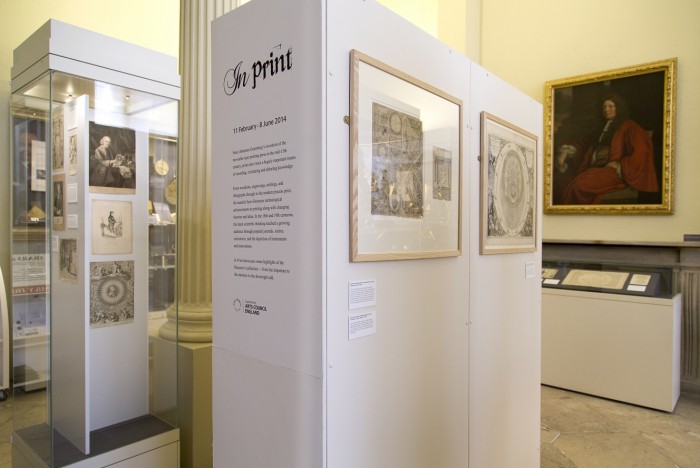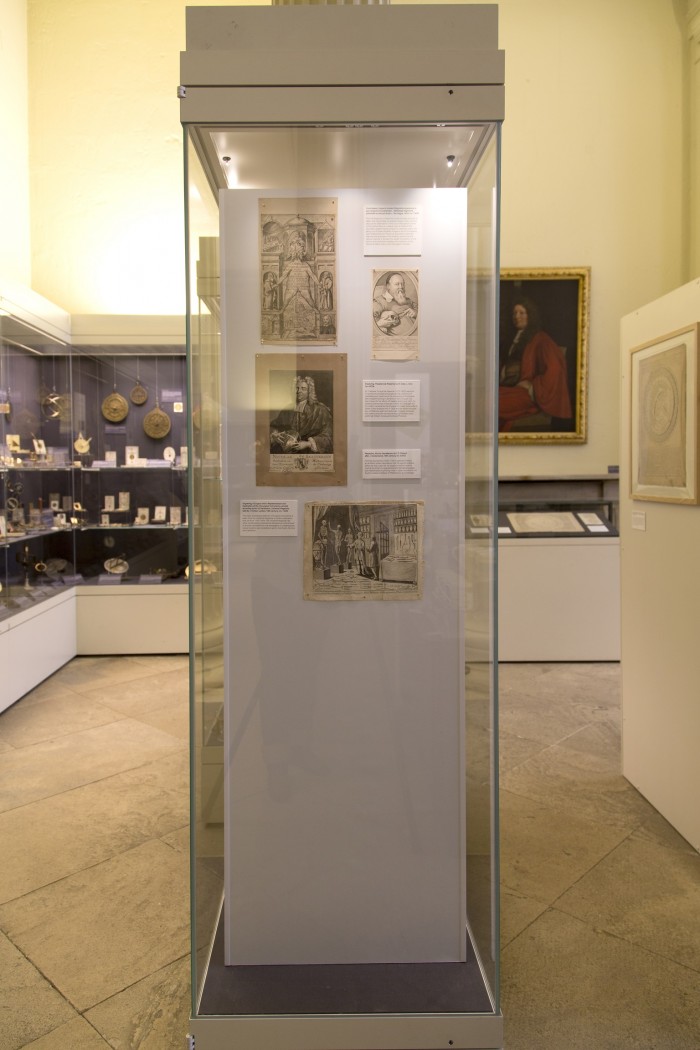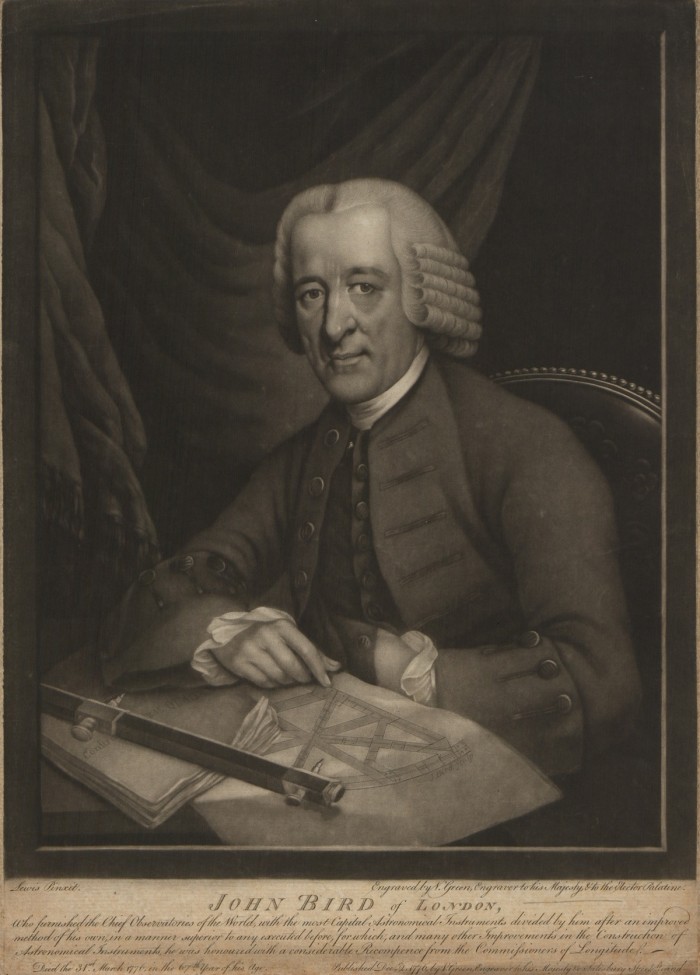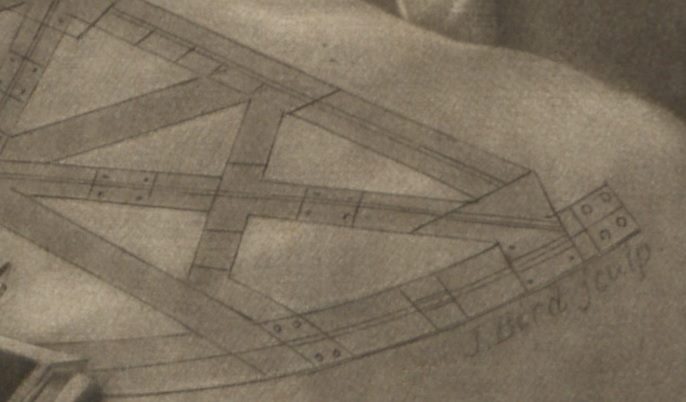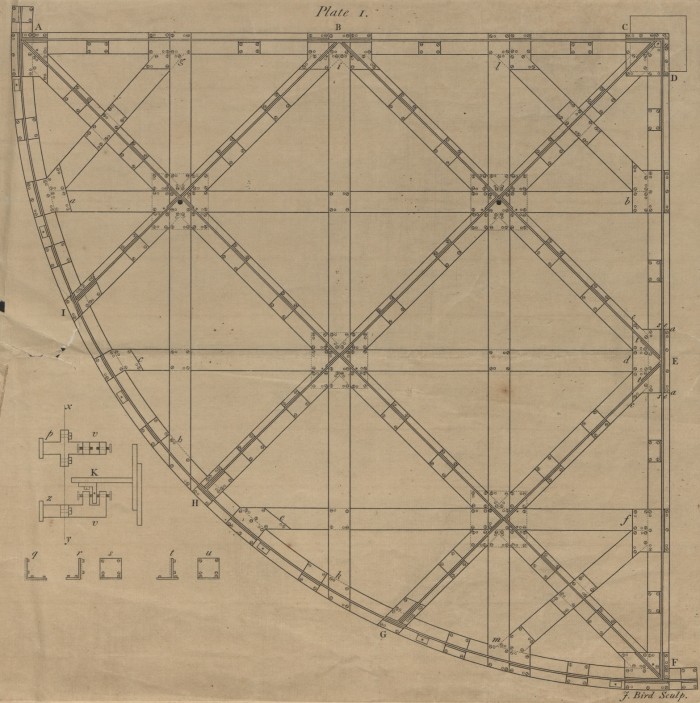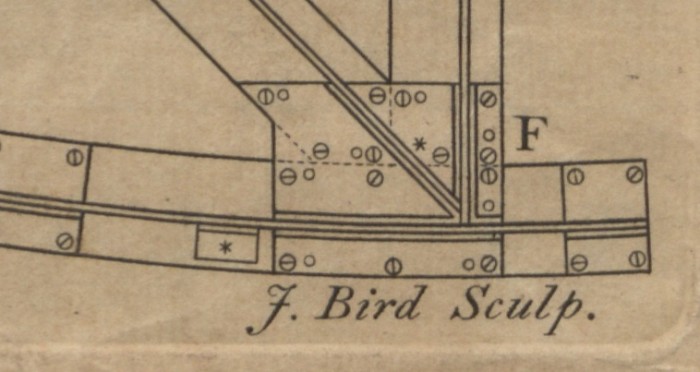We have come across several prints in our collection featuring flies, showing just how broad-ranging our prints and ephemera collection is! They reveal some interesting stories…
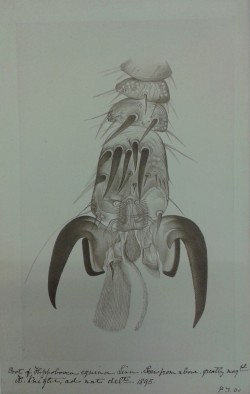
Lithograph, Magnified Foot of Forest Fly, by H. Knight, London, 1895
Firstly are two lithographs of microscopic views of the foot of the forest fly (Hippobosca equina).

Lithograph, Magnified Foot of Forest Fly, Side View, by H. Knight, London, 1895
These were published in Eleanor Ormerod’s nineteenth Report of Observations Injurious Insects Common Farm Pests during the year 1895, with Methods of Prevention and Remedy, a journal set up by Ormerod in 1887.
Eleanor Ormerod has been largely neglected despite being compared to Caroline Herschel and Mary Somerville and named as ‘our best authority on farm and garden entomology’ by the journal Nature in 1904. She did much to establish the field of economic entomology in Great Britain, publishing books such as A Text-Book of Economic Entomology (1892), and giving lectures at the Royal Agricultural College in Cirencester and South Kensington’s Institute of Agriculture.
The lithographs were prepared from fresh specimens and drawn by Horace Knight from West, Newman & Co. In her report she writes that the “two figures of the complicated structure of the foot of the Forest Fly will be found of much interest”.
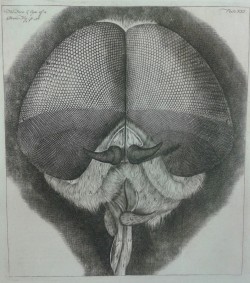
Engraving, Hooke’s Micrographia, The Face and Eyes of a Drone Fly, Printed by J. Bowles, London, 1745
Robert Hooke’s plates from Micrographia are much better known, and we have four microscopic plates of flies; the foot, eye, and wing of a fly; the face and eyes of a drone fly; the female gnat, and the blue-bottle fly and wing.
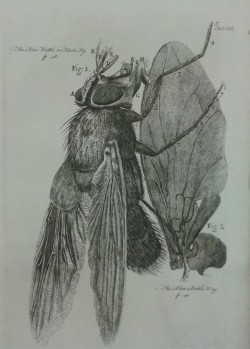
Engraving, Hooke’s Micrographia, The Blue-bottle Fly and Wing, Printed by J. Bowles, London, 1745
Hooke’s plates are particularly noteworthy for their detail and accuracy. He observed the specimens in different positions and lighting conditions in order to get the most accurate representation. Having been apprenticed to Dutch painter Peter Lely, he had the artistic understanding, as well as his instrument-making and experimental abilities, to capture his careful microscope observations effectively.
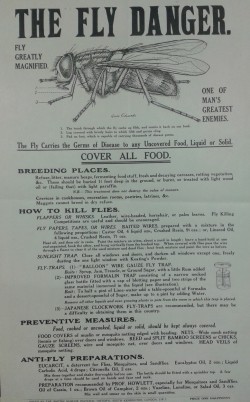
‘The Fly Danger’ with illustration by Grace Edwards, Issued by the British Museum (Natural History), London, 1918
Hooke’s Micrographia revealed a hidden universe right under people’s noses and was a bestseller, popular both with the public and the scientific community. Samuel Pepys famously called it ‘the most ingenious book that I ever read in my life’, recorded in his diary that he sat up until 2am reading it, and was inspired to purchase a microscope for himself.
Lastly, a poster advertising ‘Fly Danger’! It was produced by the Natural History Museum in 1918 (then the British Museum (Natural History)) and 20,000 copies were printed, sold at one halfpenny each.
With advances in bacteriological research in the 1880s and 1890s, the image of the fly was transformed. An annoying but friendly domestic creature became known in the popular imagination as a disgusting host of disease, and ‘One of Man’s Greatest Enemies’. The image of the fly on the poster is magnified highlighting its ‘gruesomeness’, and the parts responsible for transmitting disease are labelled. It gives information on breeding places, preventative measures such as covering food, and instructs how to kill flies with traps, swatters and chemical preparations (even stating that “fly killing competitions are useful and to be encouraged”).
A Japanese clock-work fly trap is recommended for killing flies, though “there may be a difficulty in obtaining them in this country”. We are lucky enough to have a Japanese clockwork fly trap in our collection… see our former director Jim Bennett explaining how it works in a film made for our 2011 Eccentricities exhibition.
